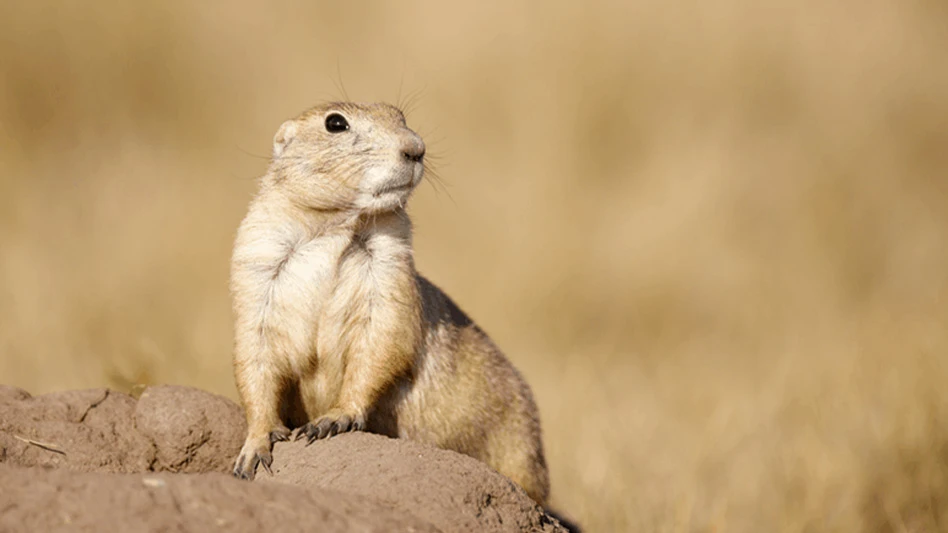
© Paul E Tessier | AdobeStock

Editor’s Note: This article was reprinted with permission of Techletter/Pinto & Associates.
When someone says “rodent,” you may automatically think of either rats or mice, but rodents, taxonomically, are so much more. You probably know that squirrels and voles are rodents. But did you know that chipmunks and prairie dogs are also rodents? How about groundhogs and porcupines? But if you think rabbits are also rodents, sorry, but you’re wrong.
Rodents are all mammals that belong to the Order Rodentia, which has more than 2,000 different species of rodents and accounts for about 43 percent of all mammals worldwide. The largest rodent in the world is the capybara of South Africa. It’s about the size of a Vietnamese pot-bellied pig, with an average weight of about 110 pounds (50 kg). The smallest rodent is the pygmy jerboa, which weighs less than 1/5 ounce (5 g). Clearly, there are many species of rodents that we never interact with because they don’t live in our region, they don’t interact with people or they are found in specific, isolated environments.
FAMILY MURIDAE. The pest rodents found in and around structures are sometimes referred to as “commensal rodents.” Commensal means “to share the table,” which is exactly what these pest rodents do. They have adapted to living with people and feeding on the same foods. Our most important commensal rodents are the house mouse, Norway rat, roof rat (black rat) and, increasingly, the deer mouse. Some rodents, such as squirrels and voles, sometimes use human property for shelter or food, so they could be termed semi-commensal.

Within the order Rodentia there are several rodent families. The members of each family have similar characteristics. Determining which animals belong in the same grouping is difficult, as it is for insects. The commensal rodents that we’re most familiar with belong to the family Muridae, while the deer mouse belongs to the family Cricetidae (as do voles, muskrats, pack rats, hamsters and lemmings).
IT’S ALL ABOUT THE TEETH. Looking at the bigger picture, what do all the rodents in the order Rodentia have in common? They’re all mammals with bodies covered with hair (not feathers or scales), they have tails, they give birth to living young (no eggs) and nurse those young. However, the main thing rodents have in common is the specialized structure of their teeth and jaws and their well- developed ability to gnaw. The word rodent comes from the Latin word “rodere,” which means to gnaw.
OTHER RODENTS. Besides the commensal rats and mice the pest management industry deals with, all of the animals listed at right belong to the order Rodentia and are, technically, rodents. Many of them have adapted to life around our homes, if not in them, and can cause damage or spread disease. Some of these are protected species, so control measures may be limited in your area, or certification or a special permit may be required:
- Beaver — Family Castoridae
- Chipmunk — Family Sciuridae
- Groundhog (woodchuck or marmot) — Family Sciuridae
- Muskrat — Family Cricetidae
- Nutria (coypu) — Family Myo- castoridae
- Pack Rat (woodrat) — Family Criceti- dae
- Pocket Gopher — Family Geomyidae
- Porcupine — Family Erethizontidae
- Prairie Dog — Family Sciuridae
- Squirrel (including ground squirrels and flying squirrels) — Family Sciuridae
- Vole (meadow or field mouse) — Family Cricetidae
The authors are co-owners of Pinto & Associates.

Explore the September 2020 Issue
Check out more from this issue and find your next story to read.